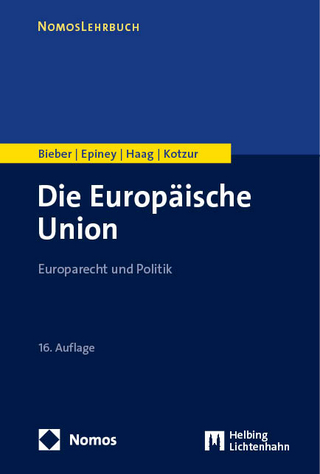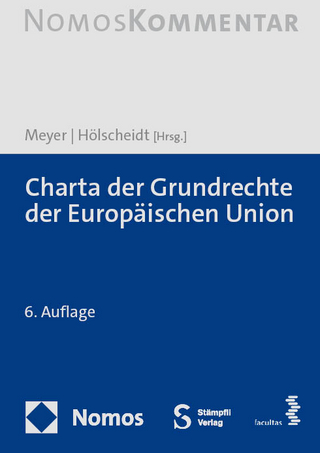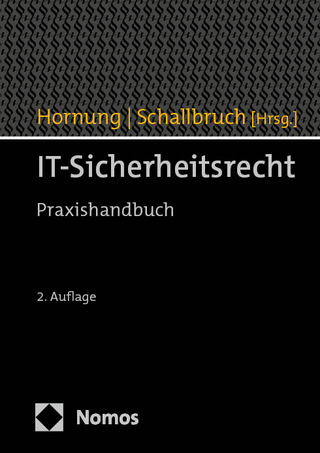
International Law in the Transition to Peace
Routledge (Verlag)
978-1-032-03726-4 (ISBN)
The book offers a novel but persuasive argument for a legal framework specific for transitional environments. Such legal framework, it is argued, is warranted in order to enable legal clarity to contemporary and outstanding legal issues, as well as to furthering peace efforts in complex environments. The legal framework suggested proposes a dividing line between applicable legal frameworks that, it is submitted, enhances both legal clarity on protection engagements and the quest for sustainable peace. The framework proposed is founded on a legal analysis of the protective nature and function of law. It thus provides a rare but important perspective on law that is of value in the quest for sustainable peace and security. The research draws uniquely on both contemporary legal debates, and on peace and conflict research. It does so in order to enable legal analysis that is both legally sound, as well as appropriate and adequate in today’s peace and security realities.
The book provides a valuable resource for academics, researchers and policy-makers in the areas of Public International Law, International Humanitarian Law, International Human Rights Law, (the law of) Peace Operations, and Peace and Security Studies.
Carina Lamont is as a lecturer and Director of Studies at the Swedish Defence University. She has more than 30 years’ experience in the security and peace and conflict fields, both as an academic and as a practitioner at field, operational and strategic levels of conflict and post-conflict management.
Section I: Introduction
1. Introduction
Section II: Setting the scene: A brief history, and international legal foundations of United Nations peace operations
2. A brief historical account of security, protection, and United Nations peace operations
3. International law and the legal foundations of peace operations
4. Applicability of international law to peace operations
Section III: Protection of civilians in contemporary context: Policy, guidelines, and mandates on protection
5. United Nations policy and guidance on protection
6. Security Council mandates to protect civilians
Section IV: An introduction to the law of protection under jus post bellum
7. International Human Rights Law under jus post bellum
8. International Humanitarian Law under jus post bellum
9. Identification and classification of armed conflicts
Section V: The protective nature and function of law: Towards a normative framework for effective, purposive and sustainable protection under jus post bellum
10. The protective nature and function of the law enforcement paradigm under International Human Rights Law
11. Protective nature and function of the paradigm of conduct of hostilities under International Humanitarian Law
Section VI: A protection regime jus post bellum: The law of occupation, the law of non-international armed conflicts and an emergency law regime under jus post bellum
12. Protection in the law of occupation
13. Protection in non-international armed conflicts
14. An emergency law regime under jus post bellum- a missing link to peace?
15. Identifying a dividing line between conduct of hostilities and law enforcement under jus post bellum
Section VII: Conclusion— a normative framework for protection under jus post bellum
16. A normative framework for effective, purposive and sustainable protection of civilians jus post bellum
| Erscheinungsdatum | 16.11.2021 |
|---|---|
| Reihe/Serie | Post-Conflict Law and Justice |
| Verlagsort | London |
| Sprache | englisch |
| Maße | 156 x 234 mm |
| Gewicht | 800 g |
| Themenwelt | Recht / Steuern ► Allgemeines / Lexika |
| Recht / Steuern ► EU / Internationales Recht | |
| Recht / Steuern ► Öffentliches Recht ► Völkerrecht | |
| Sozialwissenschaften ► Politik / Verwaltung ► Europäische / Internationale Politik | |
| ISBN-10 | 1-032-03726-1 / 1032037261 |
| ISBN-13 | 978-1-032-03726-4 / 9781032037264 |
| Zustand | Neuware |
| Informationen gemäß Produktsicherheitsverordnung (GPSR) | |
| Haben Sie eine Frage zum Produkt? |
aus dem Bereich


